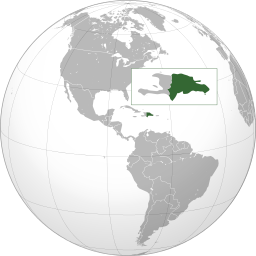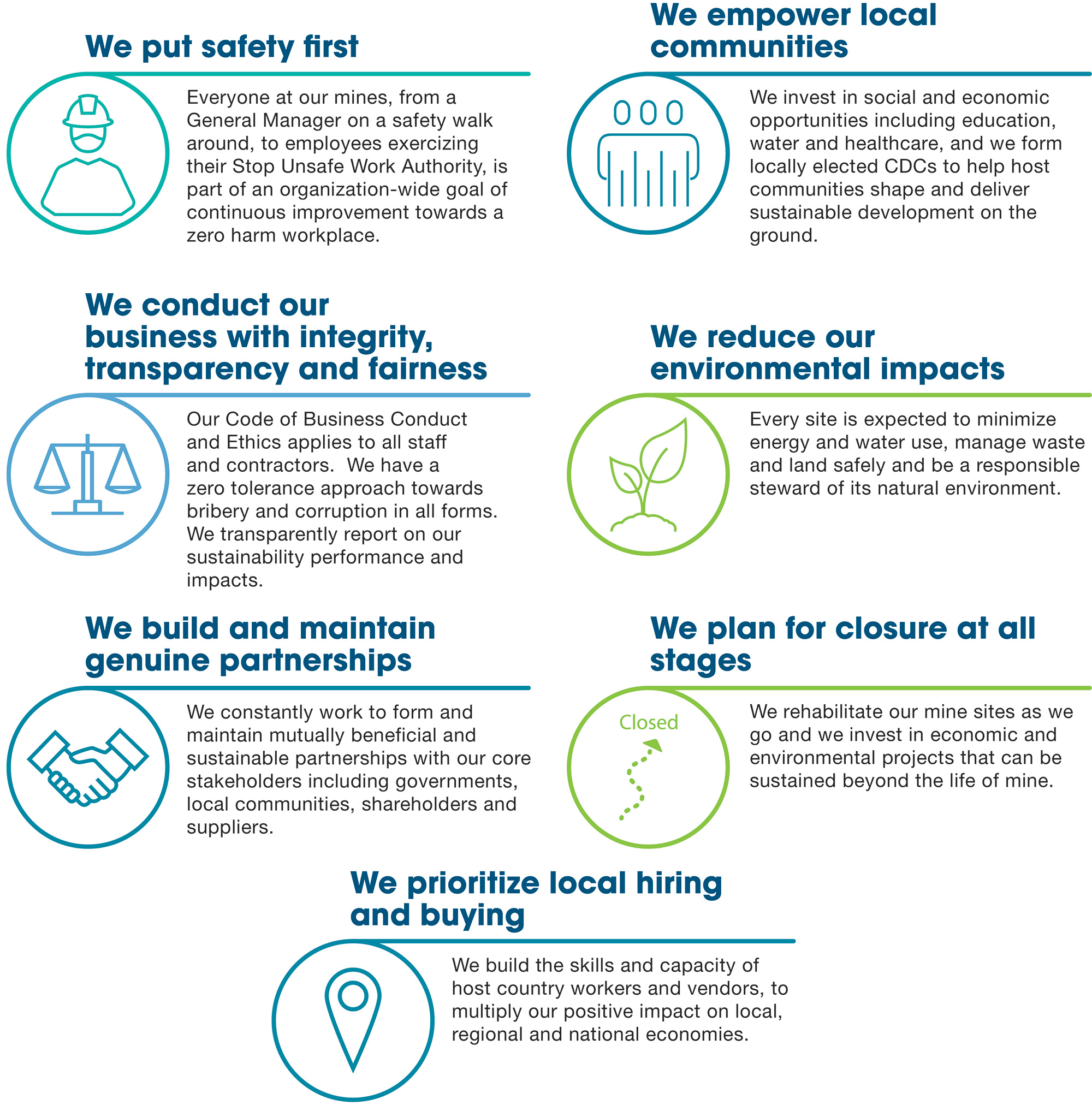[vc_row][vc_column width=”1/2″][vc_column_text]
Dominican Republic
The Dominican Republic was the 66th largest economy in the world by nominal GDP in 2018. Its GDP per capita was $7,650 USD. For the past 20 years, the Dominican Republic has been one of the fastest growing economies in Latin America. The economy is highly dependent upon the US for exports and imports. Remittances from the US amount to about 7 percent of GDP. Total personal remittances in 2018 were 8.4 percent of GDP in 2018. It was ranked 101st in the World Bank's Human Capital Index and 74th in the Economic Complexity Index in 2017. Services was the largest economic sector in 2018 (59 percent of GDP), followed by manufacturing (13.1 percent), and agriculture (5.5 percent). In 2017, the largest export sectors were services (48.9 percent), agriculture (13.25 percent), textiles (8.85 percent), machinery (7.8 percent), and stones (6.44 percent). The largest individual exports were travel and tourism (39.95 percent), medical instruments (6.7 percent), ICT services (5.03 percent), gold (4.96 percent), cigars and cigarettes (3.86 percent), and transport services (3.36 percent). Its largest export partners were the USA (50 percent), Haiti (9.3 percent), Canada (6.1 percent), and China (3.4 percent). The largest goods imports were refined petroleum (9.13 percent), cars (3.95 percent), transmission apparatus for radios, telephones, and televisions (2.3 percent), liquefied propane (2.25 percent), and jewellery of precious metals (2.23 percent). The sugar industry was re-established in the late 1800s and quickly became the dominant industry with modern machinery leading to a boom in production from the 1870s. Between 1930 and 1961, the country was ruled by the Rafael Trujillo military dictatorship. Land reforms, irrigation, and training for peasants led to increased productivity and output in agriculture. However, the twilight of the dictatorship was characterised by corruption and the establishment of monopolies controlled by the ruling family, including over the sugar industry. In 1968 the Industrial Development Board was formed as the government turned to an import substitution strategy for manufacturing. In the 1980s, assembly manufacturing reached a third of exports. Tourism also grew strongly in the 1980s starting from a low base. It surpassed sugar and merchandise exports by decade end. In the 1980s, the country experienced a balance of payments crisis triggered by external shocks, large public debt, and high interest rates. In the 1990s, the government created special economic zones and pursued policies to encourage FDI including investment in infrastructure. This led to the development of textiles and other light manufacturing. Tourism also continued to boom. The economy experienced a financial crisis in 2003, when tourism slowed after the 9-11 attacks in the USA and the price of petroleum imports increased. The economy performed well in the 2010s on the back of strong US growth and the development of the Pablo Viejo gold and silver mine. Migrants have played an important role in the economy providing remittances, niche export markets, and FDI.
[/vc_column_text][vc_column_text] Its population in 2018 was 10,882,996 [1]
Its population in 2018 was 10,882,996 [1]
 In 2015, 16.48% of its total energy
In 2015, 16.48% of its total energy
consumption was renewable [2]
 In 2021, its GDP grew by 12.27% [2]
In 2021, its GDP grew by 12.27% [2]
 In 2021 it had a negative Current
In 2021 it had a negative Current
Account Balance of US$bn 2.40 [3]
 Its unemployment rate in 2021 was 7.35% [3]
Its unemployment rate in 2021 was 7.35% [3]
What free trade areas or economic unions is it a member of?
Member of the Central America Integration System (SICA) since 01/01/1998
Other members:
Belize, Costa Rica, El Salvador, Guatemala, Honduras, Nicaragua, Panama
What trade deals are there between Central America Integration System and other countries and economic unions?
EU - Central America Association Agreement (from 01/08/2013)
[/vc_column_text][vc_column_text]What trade deals are there with other countries and economic unions?
Panama - Dominican Republic partial scope agreement (from 08/06/1987)
[/vc_column_text][/vc_column][vc_column width=”1/2″][vc_column_text]Barrick Gold Corporation: The Gold Standard in Sustainability – Bringing Socio-Economic Benefits to Host Countries and Communities
Santiago Free Zone Corporation – CZFS: Loosens the Bonds, Creating Growth for the North Region & the Country
Central Bank of the Dominican Republic: Dominican Economy Surges Ahead, Bringing Growth to Multiple Sectors
The World Bank: Local Currency Bonds Catch On as Countries Aim to Catch Up
Panama – A Tax Friendly Environment for Foreign Investors
Trade with the United Kingdom
Source: UK Office for National Statistics, October 2022.
Contains public sector information licensed under the Open Government Licence v3.0.
Loading, Please Wait!
This may take a second or two.




















































































